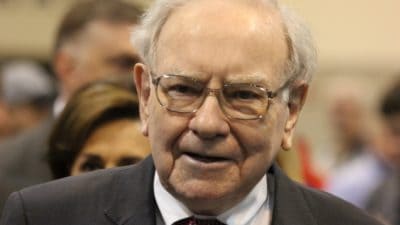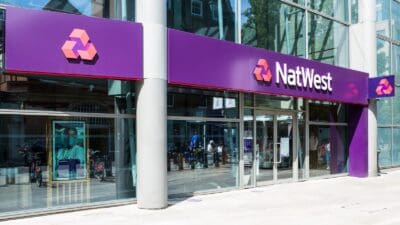Owning buy-to-let property has been a highly attractive proposition for landlords over the past few decades. Rising property prices, rents, and favourable tax rules have helped landlords pocket tens of thousands of pounds in profit over those decades.
Indeed according to a recent survey, in 2018, the average landlord in England and Wales sold their investment property for £79,770 more than they paid for it. On average, landlords owned their properties for nearly 10 years.
Landlords in London reaped even bigger profits. Buy-to-let investors selling property in the capital made an average profit of £248,120.
Falling profits
However, profits from buy-to-let investing are no longer guaranteed, and the average profit investors are receiving is already declining.
In 2017, the average landlord booked a profit of £83,430 on the investment properties they disposed of, with London landlords making £272,120. That’s a decline in profit of £3,660 on average and £24,000 for London landlords.
As well as smaller capital gains, landlords also have to pay more of their rental income to the taxman. According to a survey conducted by investment specialists BondMason, back in 2015, landlords payed an average effective tax rate of around 8%, thanks to the lucrative tax treatment of mortgage interest. But this relief is gradually being eliminated and, as a result, figures suggest the average landlord’s effective tax rate will rise to 56% next year.
Losing money
Based on these numbers, BondMason’s research suggests the average buy-to-let investor will lose money for the next two years as property prices languish.
This is just a forecast, and as with any forecasts, isn’t set in stone. But I think it clearly illustrates the pressures facing buy-to-let landlords right now. A possible tax rate of 56% on any rental income could make life a lot harder for many landlords, particularly those who have a substantial mortgage.
At the same time, when you’re paying out more than half of your earnings to the taxman, it’s challenging to build a cash cushion for emergencies, and this could be a much bigger problem.
A better investment
That’s why I think that, following the recent tax changes, buy-to-let investing could make you poorer. It looks to me as if most landlords will now be paying most of their income to the Treasury, making it difficult to produce an attractive level profit from rental income. Capital gains will still be a possibility, although because it’s difficult to tell what the future holds for the UK property market, this isn’t guaranteed.
The returns also pale in comparison to the source of income you could achieve by buying a well-diversified basket of blue-chip stocks. Right now, the FTSE 100 offers an average dividend yield of around 4.7%, which could give you a tax-free income stream if you hold the Investment within an ISA.
What’s more, with a basket of blue-chip stocks, you don’t have to worry about finding suitable tenants, mortgage costs, or maintenance costs. All you need to do is sit back and pick up a regular dividend cheque.







